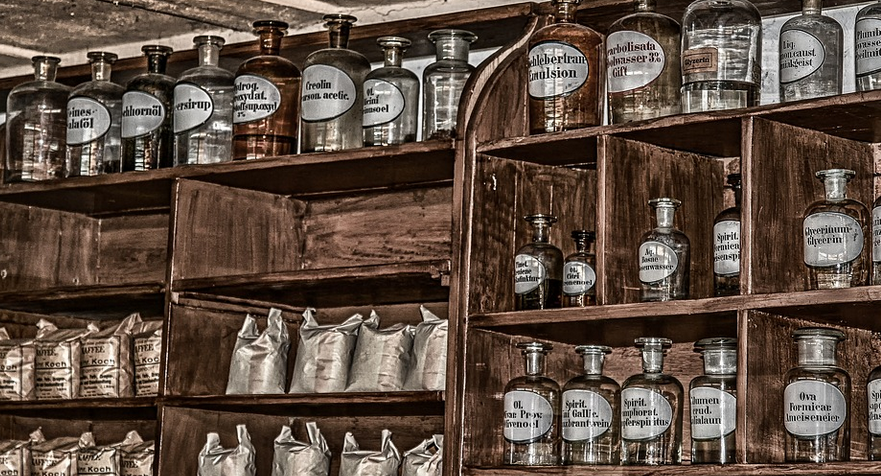Introduction
Acetone is a colorless and flammable liquid that is commonly used as a solvent in various industries. It is also widely used in the production of various chemicals, plastics, and fibers. One of the important properties of acetone is its vapor pressure, which is the pressure exerted by its vapor when it is in equilibrium with its liquid. In this article, we will discuss the vapor pressure of acetone at 25°C.
What is Vapor Pressure?
Vapor pressure is the pressure exerted by the vapor of a liquid when it is in equilibrium with its liquid phase. At a given temperature, every liquid has a characteristic vapor pressure. The vapor pressure of a liquid increases with temperature because at higher temperatures, the molecules have more kinetic energy and can escape from the liquid more easily.
Measurement of Vapor Pressure
The vapor pressure of acetone at 25°C has been measured experimentally and found to be 233 mmHg. This means that at 25°C, the vapor pressure of acetone is 233 mmHg when it is in equilibrium with its liquid phase. The measurement of vapor pressure can be done using various methods, such as the ebulliometric method, the static method, and the dynamic method.
Uses of Vapor Pressure
The vapor pressure of a liquid is an important property that has many practical applications. For example, it is used in the design of distillation columns, which are used to separate mixtures of liquids based on their boiling points. The vapor pressure of a liquid also determines its evaporation rate, which is important in the design of industrial processes that involve the evaporation of liquids.
Factors Affecting Vapor Pressure
The vapor pressure of a liquid depends on several factors, such as temperature, intermolecular forces, and the molecular weight of the liquid. At higher temperatures, the vapor pressure of a liquid increases because the molecules have more kinetic energy and can escape from the liquid more easily. Liquids with weaker intermolecular forces have higher vapor pressures because the molecules can escape from the liquid more easily. Similarly, liquids with lower molecular weights have higher vapor pressures because their molecules are lighter and can escape from the liquid more easily.
Conclusion
The vapor pressure of acetone at 25°C is an important property that has many practical applications in various industries. It is a characteristic property of acetone that depends on several factors, such as temperature, intermolecular forces, and molecular weight. The measurement of vapor pressure can be done using various methods, and the experimental value of vapor pressure of acetone at 25°C is 233 mmHg.

